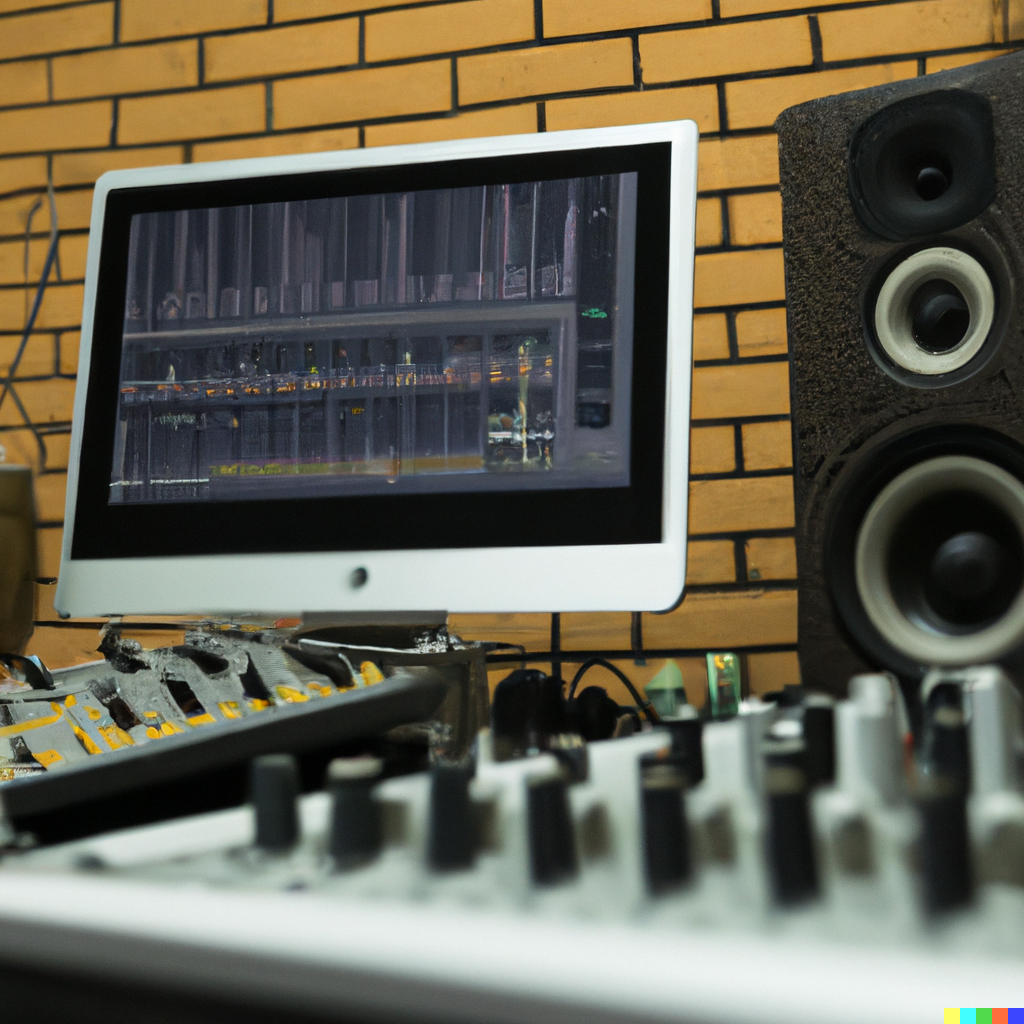
Audio Production Facilities: A Comprehensive Guide
Audio production facilities are a crucial component of the music and entertainment industry. They are the backbone of the recording process, and a well-equipped facility can make all the difference in the final product. In this article, we will take a comprehensive look at audio production facilities, covering everything from equipment to personnel and the production process itself.
What are Audio Production Facilities?
Audio production facilities are spaces specifically designed for the creation and recording of audio. They can be small home studios or large commercial spaces, depending on the needs of the artist or client. These facilities house a variety of equipment and personnel that work together to produce high-quality audio recordings.
The Equipment Used in Audio Production Facilities
Audio production facilities are equipped with a wide range of tools to aid in the recording process. The following are some of the most commonly used pieces of equipment:
Microphones
Microphones are used to capture sound and convert it into an electrical signal that can be recorded. There are many different types of microphones available, each with its own unique characteristics.
Mixers
Mixers are used to combine multiple audio signals into one or more output signals. They allow producers and engineers to adjust the levels and tone of individual tracks to create a balanced final mix.
Digital Audio Workstations (DAWs)
DAWs are computer programs used to record, edit, and mix audio. They provide a range of tools and effects to manipulate sound, as well as the ability to work with multiple tracks simultaneously.
Monitors
Monitors are speakers specifically designed for use in audio production facilities. They are designed to provide a neutral and accurate representation of the sound being recorded, allowing engineers and producers to make informed decisions about the mix.
Outboard Gear
Outboard gear includes a range of specialized equipment, such as compressors, equalizers, and reverbs. These tools can be used to further shape the sound of individual tracks or the final mix.
Personnel in Audio Production Facilities
Audio production facilities are staffed by a variety of personnel, each with their own unique roles and responsibilities. The following are some of the most common roles:
Producers
Producers are responsible for overseeing the entire recording process, from the initial idea to the final mix. They work closely with the artist to help them achieve their vision and are involved in every stage of the production.
Engineers
Engineers are responsible for the technical aspects of the recording process. They set up the equipment, mic the instruments and vocals, and oversee the recording process.
Mixers
Mixers are responsible for taking the individual tracks recorded during the production process and combining them into a final mix. They use a range of tools to adjust levels, tone, and effects to create a balanced and polished final product.
Mastering Engineers
Mastering engineers are responsible for the final stage of the recording process. They take the mixed tracks and prepare them for distribution, ensuring that they sound good on a wide range of playback systems.
The Production Process in Audio Production Facilities
The production process in audio production facilities can vary depending on the artist or client’s needs, but it generally follows a similar structure. The following are the most common stages of the production process:
Pre-Production
During pre-production, the producer works with the artist to develop the concept for the recording. They may write or select songs, plan the instrumentation, and make other creative decisions.
Tracking
Tracking is the process of recording the individual instruments and vocals. The engineers set up the microphones, and the performers play or sing their parts.
Audio production facilities are essential in the music and entertainment industry. They are designed for the creation and recording of audio, and equipped with various tools and personnel to produce high-quality recordings.
What are Audio Production Facilities?
Audio production facilities are spaces specifically designed for recording audio. They can be small home studios or large commercial spaces, and house a variety of equipment and personnel.
Equipment Used in Audio Production Facilities
Some commonly used equipment includes microphones, mixers, digital audio workstations, monitors, and outboard gear.
Personnel in Audio Production Facilities
There are various roles in audio production facilities, including producers, engineers, mixers, and mastering engineers.
The Production Process in Audio Production Facilities
The production process can vary but generally includes pre-production, tracking, editing, mixing, and mastering.
In summary, audio production facilities are crucial for producing high-quality audio recordings, and rely on a combination of equipment and personnel to achieve this.
Leave a Reply